The relationship between breathing techniques and pulmonary surfactant regulation has garnered increasing attention in both scientific and wellness communities. Emerging research suggests that certain respiratory practices may influence the production, secretion, and function of these crucial lipoprotein complexes that coat the alveoli. This complex interplay between conscious breathing and biochemical processes opens new avenues for understanding lung health beyond conventional medical paradigms.
Pulmonary surfactant, a mixture of phospholipids and proteins, plays a pivotal role in maintaining alveolar stability by reducing surface tension. Without this substance, the delicate air sacs in our lungs would collapse during exhalation. What makes this system remarkable is its dynamic nature - surfactant turnover occurs continuously, with old molecules being cleared and new ones secreted by type II pneumocytes. Recent studies indicate that breathing patterns might affect this turnover rate through mechanical stimulation of these specialized cells.
Deep diaphragmatic breathing, a cornerstone of many traditional practices like yoga and qigong, appears to stimulate surfactant secretion through multiple pathways. The mechanical stretching of alveolar walls during slow, deep inhalations triggers cellular responses that enhance surfactant production. This phenomenon mirrors the natural increase in surfactant observed during fetal lung development when breathing movements begin in utero. The rhythm and depth of breath create physical forces that alveolar cells interpret as biological signals.
Controlled breathing techniques may also influence surfactant composition. Research suggests that prolonged exhalation phases, characteristic of many meditative breathing patterns, allow for more efficient surfactant recycling. During extended exhalations, surface film compression occurs, facilitating the removal of spent surfactant components while preserving functional ones. This selective clearance mechanism maintains optimal surface tension reduction with minimal metabolic cost.
The implications of these findings extend beyond basic physiology. Clinical observations note improved lung compliance in patients practicing specific breathing exercises, particularly those recovering from respiratory illnesses. While direct measurement of surfactant changes in living humans remains challenging, indirect markers like oxygenation efficiency and respiratory mechanics support the hypothesis that breathwork modifies the alveolar microenvironment.
Seasoned practitioners of advanced breathing techniques often report subjective experiences of "easier breathing" and increased lung capacity over time. While placebo effects undoubtedly contribute, these anecdotes align with physiological principles of surfactant function. The reduction in perceived breathing effort may stem from improved alveolar stability and more efficient gas exchange mediated by optimized surfactant activity.
Modern technology now allows for more sophisticated investigation of these ancient practices. High-resolution imaging and computational modeling reveal how different breathing patterns distribute mechanical forces across lung tissue. Particular interest focuses on how sustained, moderate-pressure breaths differ from short, high-pressure ones in their effects on surfactant dynamics. The former appears to create more favorable conditions for balanced surfactant metabolism.
Practical applications are already emerging in respiratory therapy protocols. Some progressive pulmonary rehabilitation programs now incorporate breathing exercises specifically designed to enhance surfactant function. These protocols often emphasize prolonged exhalation phases combined with postural adjustments that optimize alveolar ventilation. Early results show promise in conditions ranging from asthma to post-COVID lung dysfunction.
The scientific exploration of breath-surfactant interactions represents a fascinating convergence of traditional wisdom and modern physiology. As research continues, we may discover that conscious breathing does more than deliver oxygen - it might actively participate in maintaining the delicate biochemical balance that keeps our lungs functioning optimally. This evolving understanding could reshape approaches to respiratory health in both clinical and wellness contexts.
Environmental factors add another layer of complexity to this relationship. Altitude, air quality, and humidity all influence surfactant requirements, and breathing techniques may help the lungs adapt to these variable conditions. Mountaineers practicing specialized breathing methods at high altitudes, for instance, might benefit from enhanced surfactant activity that prevents alveolar collapse in thin air. Similarly, urban dwellers exposed to pollutants could potentially mitigate some damage through breathwork that supports surfactant renewal.
Future research directions might explore the molecular mechanisms linking specific breathing patterns to surfactant gene expression. Preliminary animal studies suggest that regular deep breathing upregulates genes involved in surfactant production. If confirmed in humans, this would represent a remarkable example of how voluntary behaviors can influence fundamental cellular processes. Such findings could revolutionize preventive approaches to respiratory diseases.
The therapeutic potential extends to aging populations, as surfactant production typically declines with age. Targeted breathing exercises might help counteract this natural deterioration, potentially preserving lung function in older adults. Geriatric studies examining this possibility could provide valuable insights into maintaining respiratory health throughout the lifespan.
While enthusiasm for these findings grows, researchers caution against oversimplification. The surfactant system operates within a complex network of physiological processes, and breathing represents just one potential modulator. Individual variations in lung anatomy, baseline health status, and genetic factors all contribute to how someone might respond to breathwork interventions. Personalized approaches will likely yield the best outcomes.
Practical guidelines for those interested in exploring this connection emphasize consistency and proper technique. Experts recommend starting with basic diaphragmatic breathing for short periods daily, gradually increasing duration as comfort allows. The focus should remain on smooth, controlled breaths rather than forced or strained patterns that could prove counterproductive. Many traditional systems emphasize the quality rather than quantity of breath.
As this field of study matures, interdisciplinary collaboration will be essential. Pulmonologists, physiologists, and breathing tradition experts must work together to design rigorous studies that honor both scientific precision and traditional knowledge. Only through such integrated approaches can we fully unravel the mysteries of how conscious breathing influences one of our most vital physiological substances.
The exploration of breathing techniques and pulmonary surfactant represents more than academic curiosity - it offers tangible hope for improving respiratory health through accessible, non-pharmacological means. In an era where respiratory diseases pose significant global health challenges, understanding and harnessing this natural connection could benefit populations worldwide. The simple act of breathing, performed with awareness and intention, may hold keys to unlocking greater lung resilience and vitality.

By /Jul 14, 2025

By /Jul 14, 2025

By /Jul 14, 2025
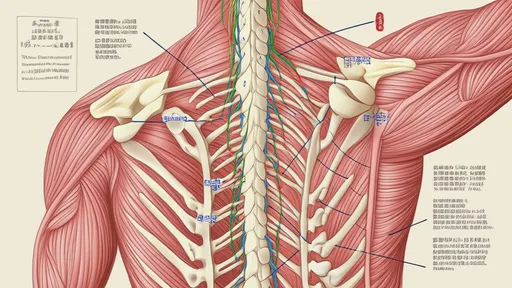
By /Jul 14, 2025

By /Jul 14, 2025
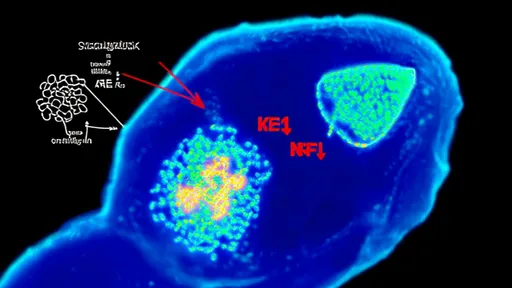
By /Jul 14, 2025

By /Jul 14, 2025
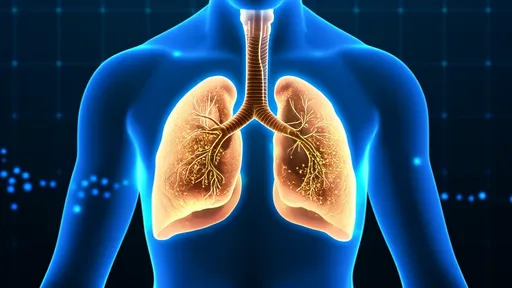
By /Jul 14, 2025
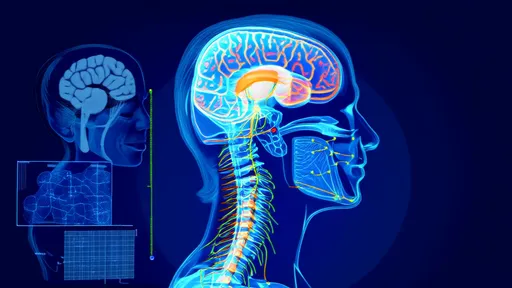
By /Jul 14, 2025

By /Jul 14, 2025

By /Jul 14, 2025
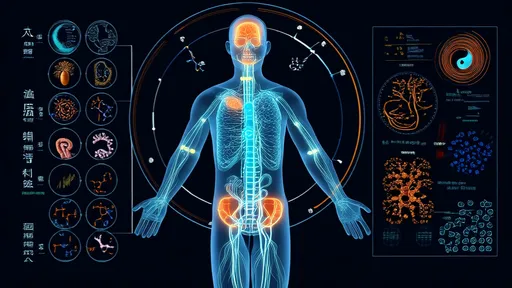
By /Jul 14, 2025

By /Jul 14, 2025

By /Jul 14, 2025

By /Jul 14, 2025

By /Jul 14, 2025

By /Jul 14, 2025

By /Jul 14, 2025